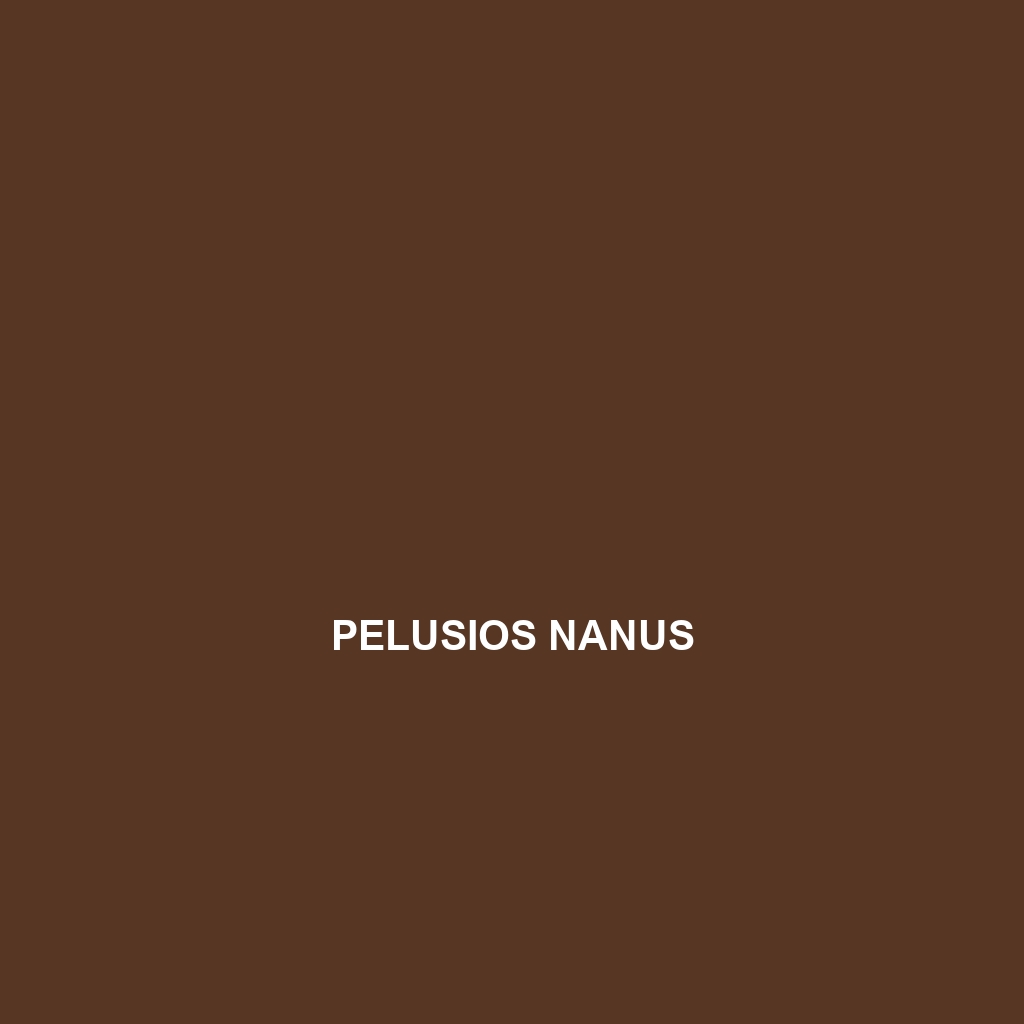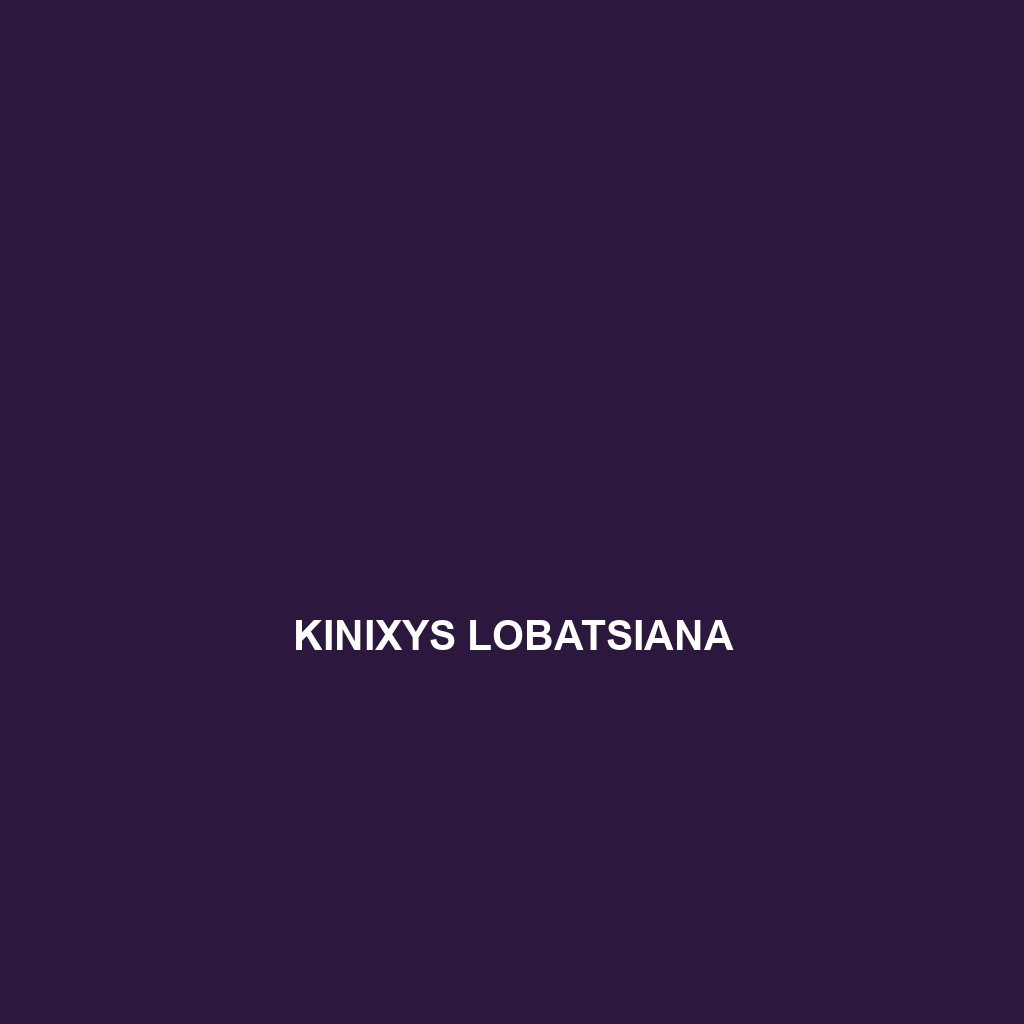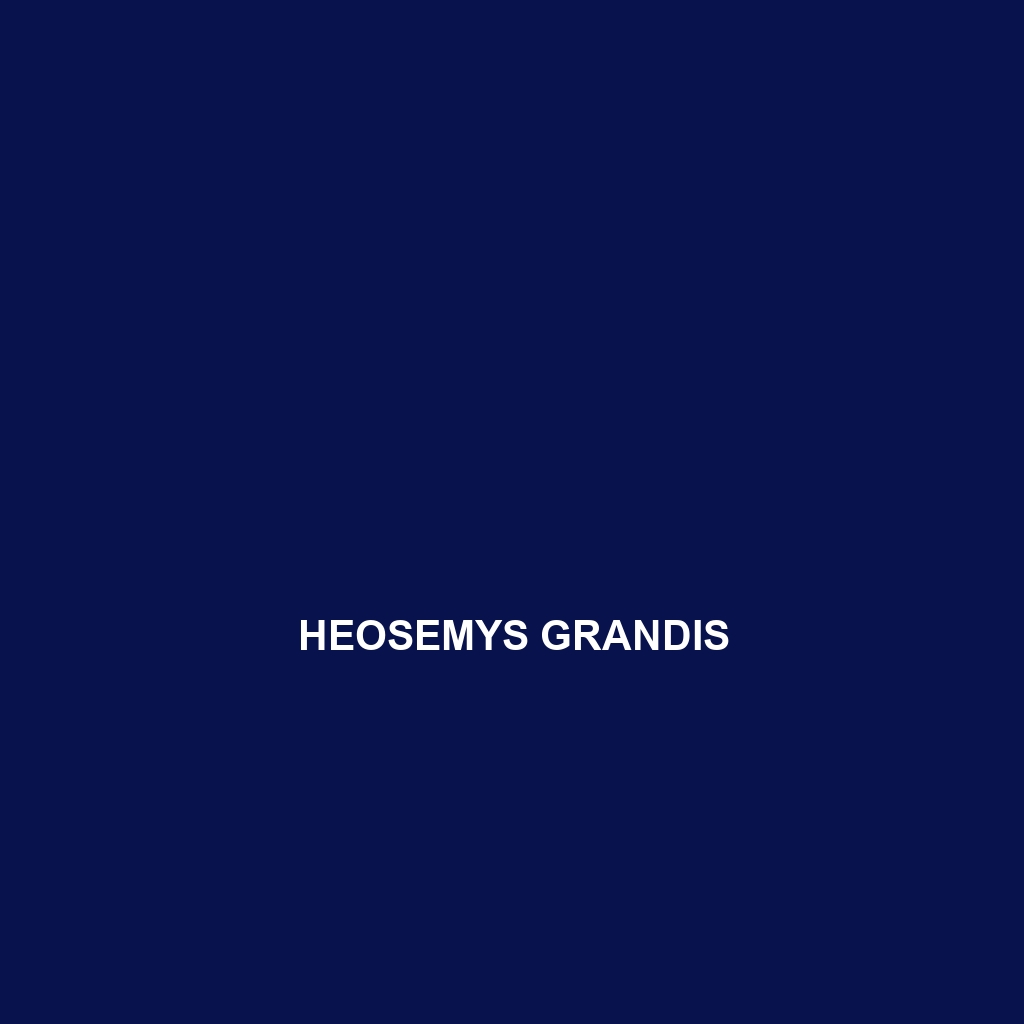<b>Pseudemydura umbrina</b>, commonly known as the western swamp tortoise, is an endangered species found in the rainforests and wetlands of southwestern Australia. This semi-aquatic omnivore reaches a length of 20 to 25 centimeters and plays a crucial role in its ecosystem by maintaining plant health and supporting biodiversity.
Tag: tortoise conservation
Pseudemydura umbrina
<b>Pseudemydura umbrina</b>, commonly known as the western swamp tortoise, is an endangered species found in the rainforests and wetlands of southwestern Australia. This semi-aquatic omnivore reaches a length of 20 to 25 centimeters and plays a crucial role in its ecosystem by maintaining plant health and supporting biodiversity.
Pelusios nanus
<h2>African Pygmy Tortoise (Pelusios nanus)</h2> <p>Discover the <b>African Pygmy Tortoise</b>, a small endemic species thriving in Africa's freshwater habitats, renowned for its distinctive dome-shaped shell, nocturnal behavior, and vital role in maintaining ecosystem balance. With a diet of leafy greens and fruits, this vulnerable species adapts to diverse environments, showcasing remarkable resilience and adaptability.</p>
Kinixys nogueyi
Discover the unique Noguey’s hinge-back tortoise (Kinixys nogueyi), a fascinating species from West and Central Africa known for its distinctive hinged shell and omnivorous diet. This vulnerable tortoise thrives in humid forest and wetland habitats, playing a crucial role in seed dispersal and ecosystem balance.
Kinixys lobatsiana
<p><b>Kinixys lobatsiana</b>, also known as the Lobatse tortoise, is a medium-sized, herbivorous tortoise found in the tropical regions of Sub-Saharan Africa, featuring a high-domed shell with vibrant yellow and brown patterns. This species plays a crucial role in its ecosystem by aiding in seed dispersal and maintaining ecological balance while being classified as "Vulnerable" due to habitat loss and the pet trade.</p>
Kinixys belliana
Discover the <b>Kinixys belliana</b>, or Bell's hinged tortoise, a vulnerable species native to the rainforests and savannas of West and Central Africa, known for its unique ability to completely close its shell for protection. This medium-sized tortoise plays a vital ecological role as an herbivore that aids in maintaining plant populations and promotes biodiversity through seed dispersal.
Indotestudo elongata
Discover the Indotestudo elongata, or elongated tortoise, a fascinating herbivorous species native to the tropical regions of Southeast Asia, recognized for its distinctive elongated shell and strong limbs. This vulnerable tortoise plays a vital role in its ecosystem by controlling plant populations and aiding in seed dispersal, thriving in moist, shaded environments of rainforests and savannas.
Homopus femoralis
<p>The <b>Homopus femoralis</b>, or Leopard Tortoise, is a resilient herbivore native to the arid regions of Southern Africa, recognized for its striking yellow and black patterned shell and remarkable ability to survive in harsh climates. This species plays a vital role in its ecosystem by promoting vegetation growth and seed dispersal, thriving in diverse habitats such as savannas and grasslands.</p>
Heosemys grandis
<b>Heosemys grandis</b>, also known as the Asian forest tortoise, is a vulnerable species thriving in the humid tropical rainforests of Southeast Asia, recognized for its distinct domed shell and herbivorous diet. These tortoises play a crucial role in their ecosystem by promoting plant growth and seed dispersal while exhibiting fascinating behaviors during their diurnal activities.
Gopherus morafkai
<p><b>Gopherus morafkai</b>, or the Mojave desert tortoise, is a vulnerable species native to the arid regions of the southwestern United States, characterized by its dome-shaped shell, herbivorous diet, and ability to dig extensive burrows that support the desert ecosystem. These tortoises thrive in diverse vegetation and play a crucial role as a keystone species, promoting biodiversity within their habitat.</p>









